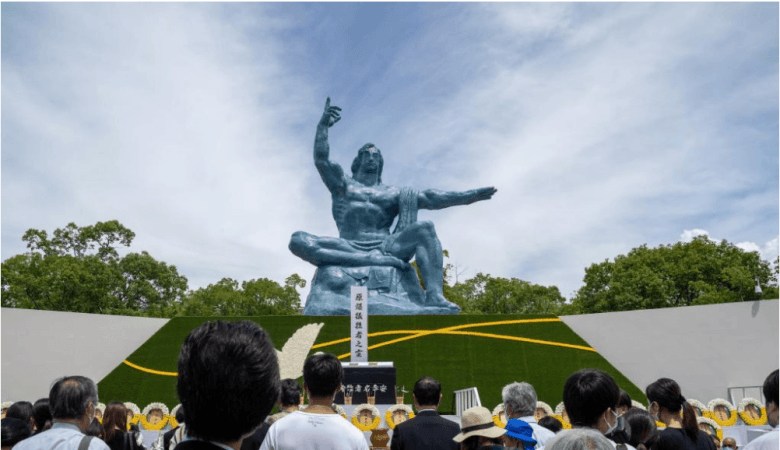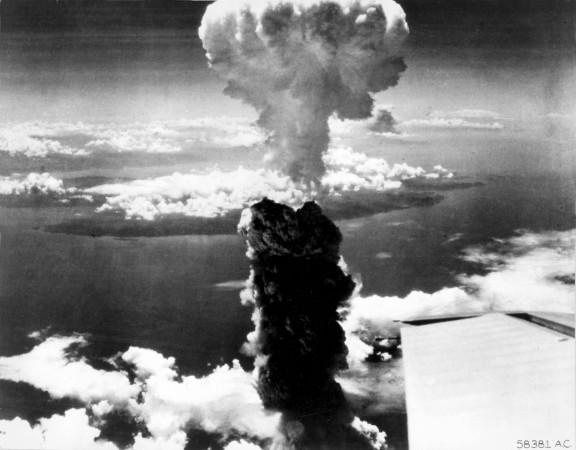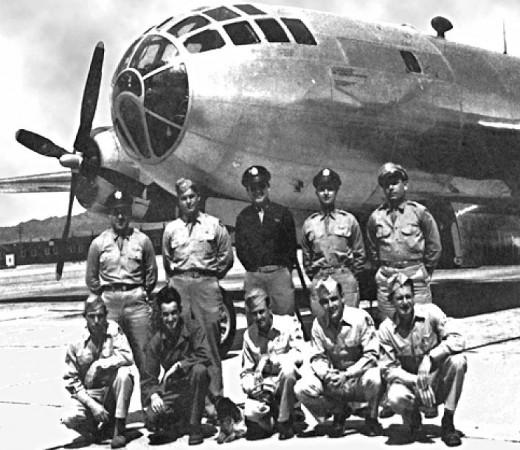At 11.02 a.m., a moment's silence was observed as at this time on August 9, 1945, a US B-29 bomber dropped a plutonium-core atomic bomb, nicknamed Fat Man, killing around 74,000 people in Nagasaki by the end of that year.
The annual ceremony this year allowed for more people to attend, owing to the easing of Covid-19 restrictions in the last two years.

Officials and dignitaries from more than 80 nations were present at the ceremony, along with survivors and relatives of the victims who had gathered from early in the morning to offer prayers.
Over a one-year period through the end of July, Nagasaki confirmed the deaths of 3,160 atomic bomb survivors, with its list now officially recognizing 192,310 people as victims of the atomic bombing.

The atomic bombing of Nagasaki followed the one dropped on Hiroshima on August 6, forcing Japan to surrender.

At the ceremony, Nagasaki Mayor Taue Tomihisa stressed that the nuclear states hold a particular responsibility due to the non-proliferation treaty, and a concrete process for nuclear arms reductions must be shown.

In his address, Prime Minister Fumio Kishida said that Japan is committed to pursuing a world without nuclear weapons.
Some Facts at a Glance
- At 11:01 a.m. on August 9, 1945, the US dropped an atomic bomb on Nagasaki
- The bomb was called "Fat Man"
- At least 35,000 people were instantly killed and 60,000 severely injured
- Estimated casualties of reached 74,000 by the end of 1945
- 23% of Nagasaki's buildings were consumed by flames
- 70% of the city's industrial zone destroyed
- The radius of total destruction was about 3.2 km
- This was only the second nuclear weapon after Hiroshima ever used in war
- Nagasaki's bomb was bigger than Hiroshima but killed less people as it was away from the city centre

















